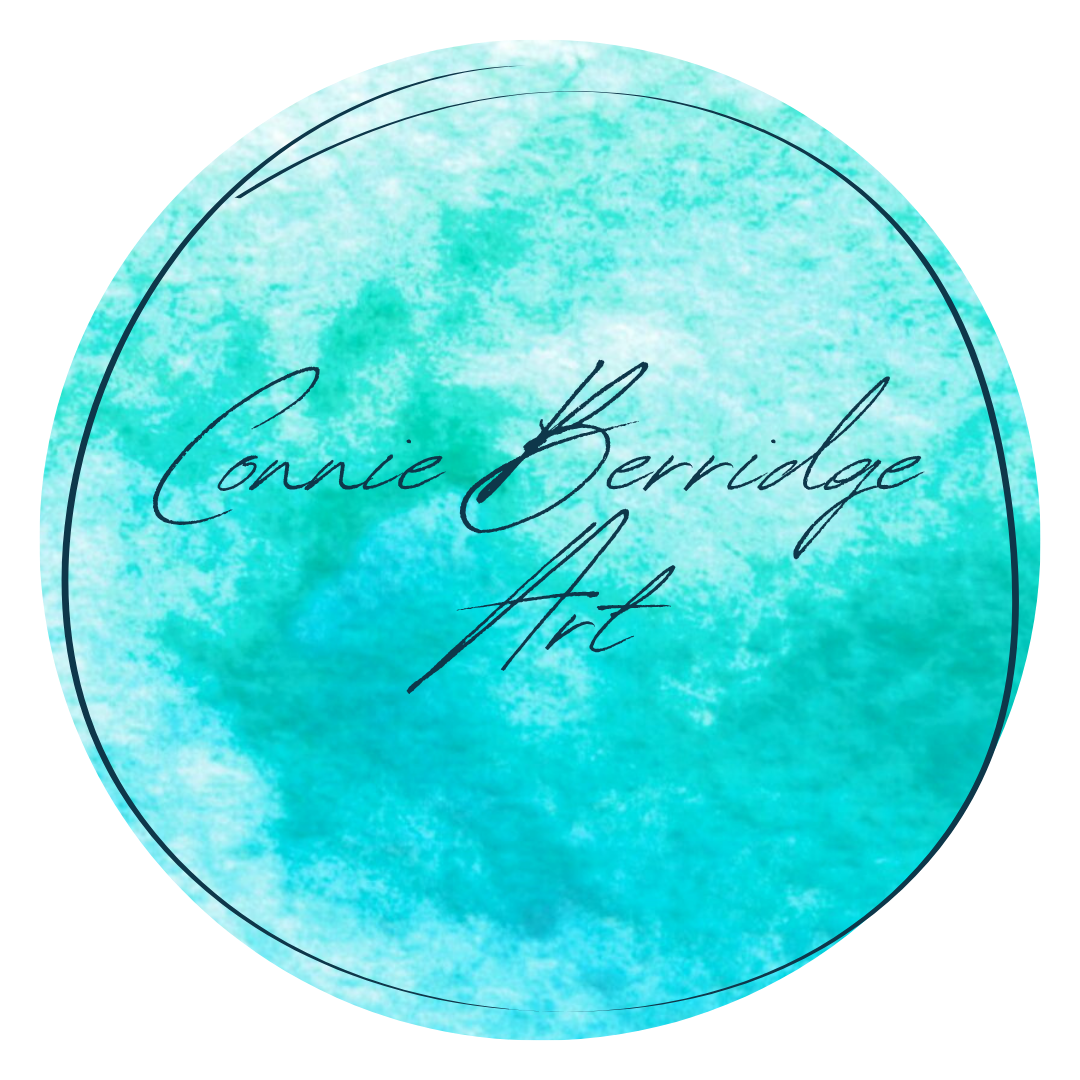York Minster from Exhibition Square - The Process
Last week I completed a new watercolour and ink image of York Minster from Exhibition Square…so I thought I’d give an insight into my painting process!
While commuting to work or walking through town, I often take photos of potential scenes to paint. This one was taken on a sunny spring afternoon on my way back from completing some rather boring life admin jobs and grocery shopping.
Back at home, I sat down to start sketching from my photo. All my sketches, whether in pencil and ink or watercolour, start with a skeleton outline. Depending on the scale of sketch this can take 1-2 hours. I don’t have a fixed system for starting but will go with my gut and look at my photographs to see where in the composition I can immediately envision the proportions and shading on my blank paper. For this image, it was the right hand side of Bootham Bar against the lines of the horizontal city walls.
This image was completed on watercolour paper, meaning I had fewer opportunities for mistakes as the friction between the paper and rubber (I use a putty rubber) when rubbing out the pencil lines can affect the porous nature of the paper’s surface and the ‘sizing’. This is what binds the paper fibres and prevents the paper from absorbing too much of the watercolour paint, allowing you to blend and work the paint more as you apply it.
1. The skeleton sketch
Once the skeleton sketch was completed I could then move onto the watercolour. There are a couple of stages I go through here, and it’s important that one stage dries before moving onto the next so I can overlap colours without distressing the paper.
First, I start with the lighter tones, adding paint in sections to highlight areas of light against the walls and buildings (for example, the golden tones on the city walls and light oranges on the rooftops). Areas with particularly strong reflections of sunlight are often left alone to be indicated by the white of the paper itself. From here, I then add slightly darker tones to identify areas of shade (here it was greys and browns). Finally, I add in areas of more detail orientated colour to highlight changes in tone or specific features (deeper oranges in the roof tiles and later on the blue of the wall plaque you see in the final image).
2. Time to paint!
When it is all dry, it’s time to add in the ink highlights and I often start in the same place that the skeleton sketch began. I add shading and outlines whilst ensuring that the black of the ink doesn’t drown out the colours of the watercolour. This is the bit I can find tricky, knowing where to stop, but I was once told that half of being an artist is knowing when to step away from an image and that advice hasn’t failed me yet.
3. The final image
And that’s it! A simple yet time consuming approach.
Overall this painting took me just under 5 hours, and will be available to purchase as a print in the coming months, so, if you enjoy my work, do keep an eye out on my Instagram and website for the release of my online shop!
